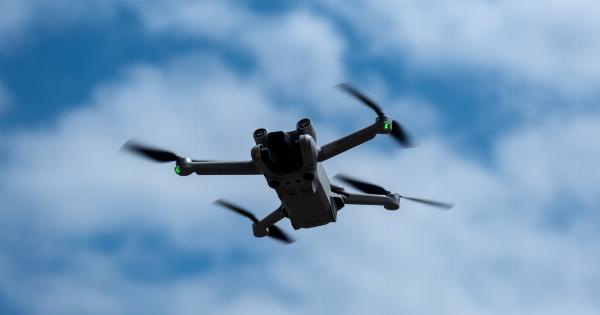The influenza pandemic, also known as the flu pandemic, is a widespread outbreak of a new strain of influenza virus that affects a large population across multiple countries or continents.
These pandemics can have significant public health, socioeconomic, and geopolitical implications, making it crucial to track their progression effectively. This article explores the importance of tracking influenza pandemics and provides an overview of the methods and tools used for surveillance.
The Significance of Tracking Influenza Pandemics
Tracking influenza pandemics is essential for several reasons. Firstly, it allows authorities to monitor the spread of the virus, understand its characteristics, and devise appropriate prevention and control strategies.
By collecting and analyzing data on the geographic distribution, transmission patterns, and severity of the disease, health organizations can make informed decisions regarding resource allocation, vaccination campaigns, and public health messaging.
Additionally, tracking the influenza pandemic enables scientists and researchers to study the evolution of the virus.
Influenza viruses undergo constant genetic changes, including antigenic variations, which can render previously acquired immunity ineffective. By closely monitoring these genetic variations, experts can anticipate the emergence of new strains and develop more effective vaccines to combat them.
Methods and Tools for Tracking Influenza Pandemics
Several methods and tools are employed to track influenza pandemics. These include:.
1. Syndromic Surveillance
Syndromic surveillance involves monitoring specific clinical symptoms or indicators associated with influenza-like illnesses (ILI), such as fever, cough, and sore throat.
Healthcare facilities, pharmacies, and even internet search queries can be sources of data for syndromic surveillance. By gathering information in real-time, health authorities can identify the geographic distribution and intensity of ILI cases, assisting in the early detection and response to outbreaks.
2. Laboratory Surveillance
Laboratory surveillance plays a crucial role in tracking influenza pandemics. It involves the collection and testing of respiratory specimens from patients with suspected influenza infections.
These samples are analyzed to determine the presence of influenza viruses, their subtypes, and any genetic changes. Laboratory surveillance data supplements syndromic surveillance by providing a more accurate picture of the circulating strains and their virulence.
3. Virological Surveillance
Virological surveillance involves collecting and analyzing viral isolates from infected individuals. By studying these isolates, scientists can determine the genetic makeup of the virus, including its subtype and any mutations.
This information helps in tracking the spread of the virus, understanding its behavior, and designing effective antiviral drugs and vaccines.
4. Serological Surveillance
Serological surveillance focuses on the measurement of antibodies in a population to assess the extent of infection or immunity. It involves collecting blood samples from individuals and testing them for the presence of specific influenza antibodies.
Serological surveys can help estimate attack rates, identify vulnerable populations, and evaluate the effectiveness of vaccination campaigns.
5. Global Surveillance Networks
To effectively track influenza pandemics, global surveillance networks have been established. These networks facilitate the exchange of information, data, and specimens between different countries, ensuring a coordinated response.
The World Health Organization (WHO) operates the Global Influenza Surveillance and Response System (GISRS), which monitors the global influenza activity, identifies new strains, and provides recommendations for vaccine composition.
6. Digital Surveillance
In recent years, digital surveillance methods have gained popularity in tracking influenza pandemics. These methods rely on the analysis of digital data sources, such as social media posts, online health forums, and internet search queries.
By monitoring these sources, patterns and trends related to ILI symptoms, vaccine acceptance, and public sentiment can be identified, providing valuable insights for public health interventions.
Conclusion
Tracking the influenza pandemic is a crucial component of public health surveillance.
It allows for the early detection and rapid response to outbreaks, the identification of circulating strains, and the development of effective prevention and control measures.
By employing various surveillance methods, including syndromic, laboratory, virological, and serological surveillance, combined with global networks and digital tools, health authorities can stay ahead of the virus and protect the population from the socioeconomic and health impacts of influenza pandemics.































